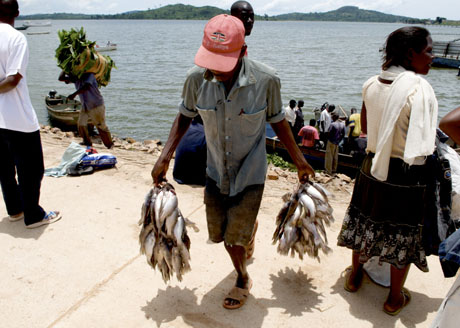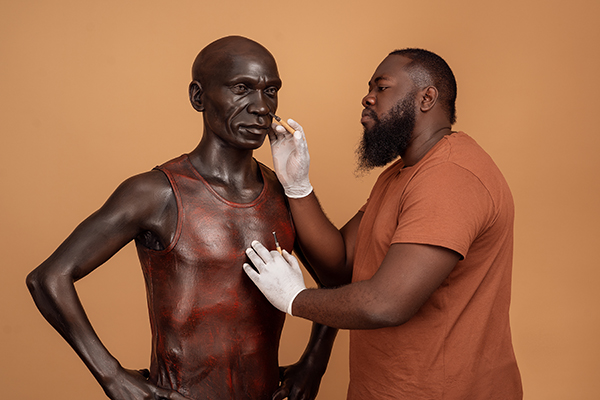
FAO issues alert over lethal virus affecting popular tilapia fish

A highly contagious disease is spreading among farmed and wild tilapia, one of the world’s most important fish for human consumption.
The outbreak should be treated with concern and countries importing tilapias should take appropriate risk-management measures – intensifying diagnostics testing, enforcing health certificates, deploying quarantine measures and developing contingency plans – according to a special alert released by FAO’s Global Information and Early Warnings System.
Tilapia Lake Virus (TiLV) has now been reported in five countries on three continents: Colombia, Ecuador, Egypt, Israel and Thailand.
While the pathogen poses no public health concern, it can decimate infected populations. In 2015, world tilapia production, from both aquaculture and capture, amounted to 6.4 million tonnes, with an estimated value of USD 9.8 billion, and worldwide trade was valued at USD1.8 billion. The fish is a mainstay of global food security and nutrition, GIEWS said.
Tilapia producing countries need to be vigilant, and should follow aquatic animal-health code protocols of the World Organisation for Animal Health (OIE) when trading tilapia. They should initiate an active surveillance programme to determine the presence or absence of TiLV, the geographic extent of the infection and identify risk factors that may help contain it.
Countries are encouraged also to launch public information campaigns to advise aquaculturists – many of them smallholders – of TiLV’s clinical signs and the economic and social risks it poses and the need to flag large-scale mortalities to biosecurity authorities.
Currently, actively TiLV surveillance is being conducted in China, India, Indonesia and it is planned to start in the Philippines. In Israel, an epidemiological retrospective survey is expected to determine factors influencing low survival rates and overall mortalities including relative importance of TiLV. In addition, a private company is currently working on the development of live attenuated vaccine for TiLV.






